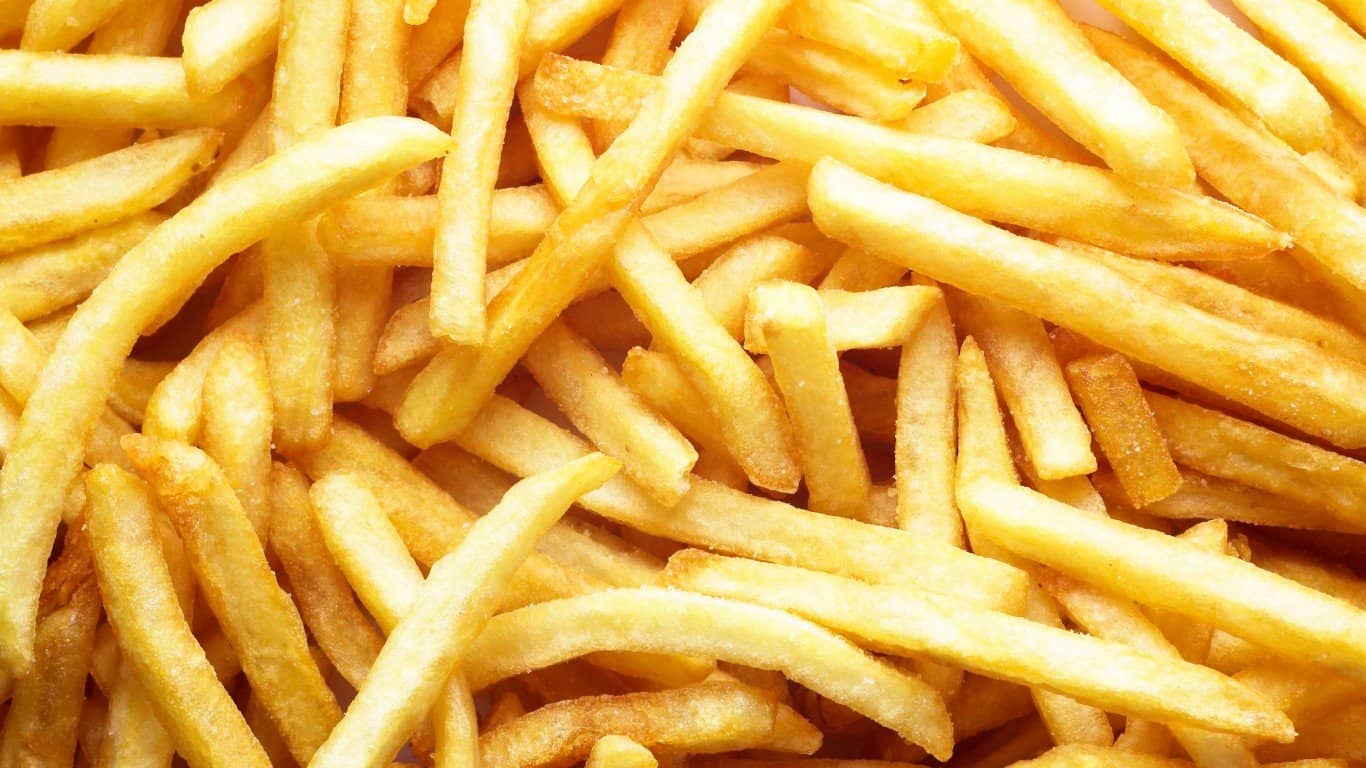Between the end of World War II and the end of the 20th century, many Americans became disconnected from some food fundamentals, like origins, natural appearance, and cooking methods. The widespread availability of canned and frozen produce, the growing dependence on microwave ovens and other efficient kitchen appliances, the convenience of buying pre-prepared fish, meat, poultry, and produce, all played a part in this disconnection.
Certainly, some aspects of food have always been somewhat mysterious. How many people realize that eggplant is a fruit, not a vegetable, for instance? Or that white chocolate isn’t really chocolate at all? Or that lobster was once so plentiful in New England that it got plowed into the ground and used as fertilizer?
Of course, we don’t necessarily need to know everything there is to know about the foods we eat. The fascinating history of cranberries doesn’t typically come to mind as we enjoy cranberry sauce on Thanksgiving and the journey of a corned beef sandwich isn’t usually considered when we’re ordering one from our favorite deli. (Click here for the best deli in every state.)
But food facts are still fun to know and think about — and fun to share with others. 24/7 has compiled a list of 20 surprising facts about some of the most common foods on American tables.
Here is why bananas are radioactive and other fascinating food facts:
1. Bananas are radioactive
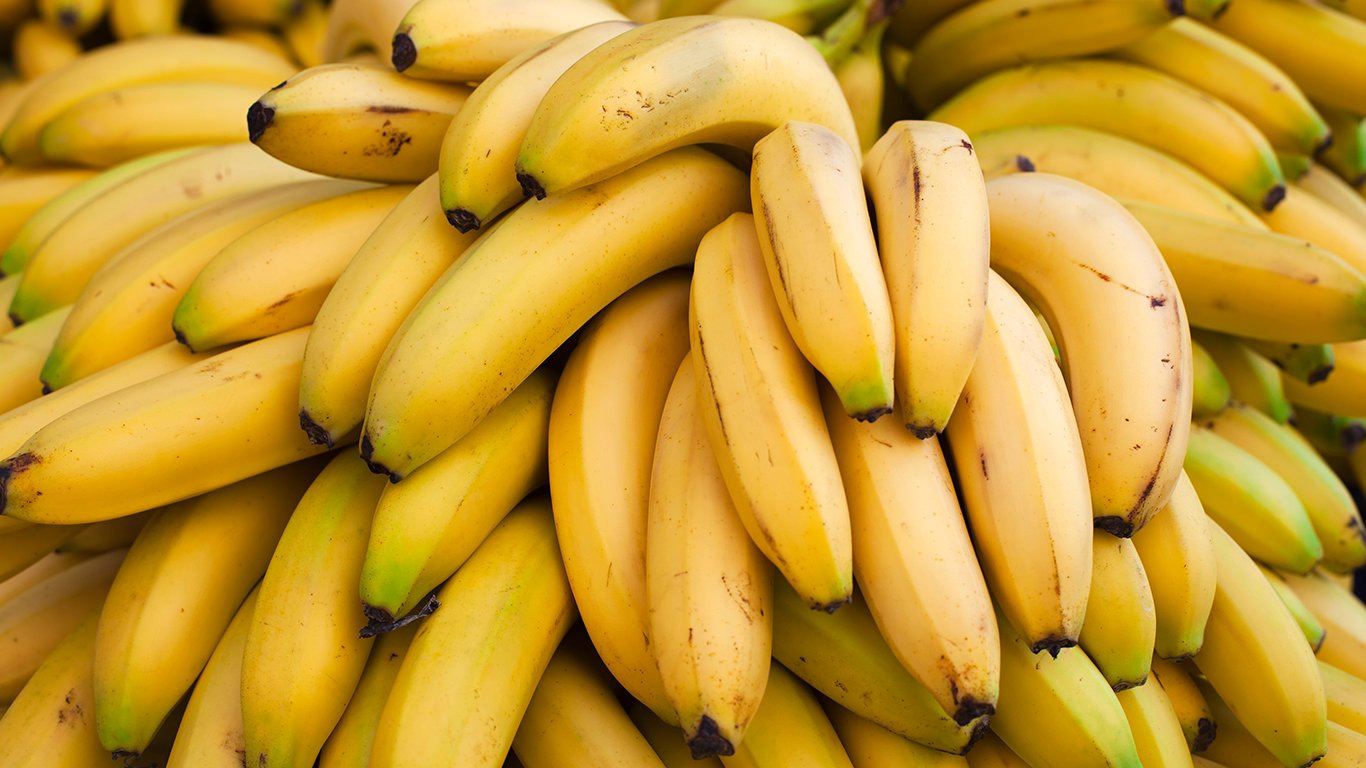
Many everyday objects give off tiny doses of radiation — watches, ceramics, antique glassware, and more. Food does too. Brazil nuts are the biggest culprit in this regard, followed by butter beans. But bananas emit more than other common foods (their radioactivity comes from the isotope potassium-40). The dose is tiny, however. One scientist has computed that you’d have to eat 274 bananas a day for seven years before you started showing any signs of radiation poisoning.
2. Potatoes and carrots are radioactive, too
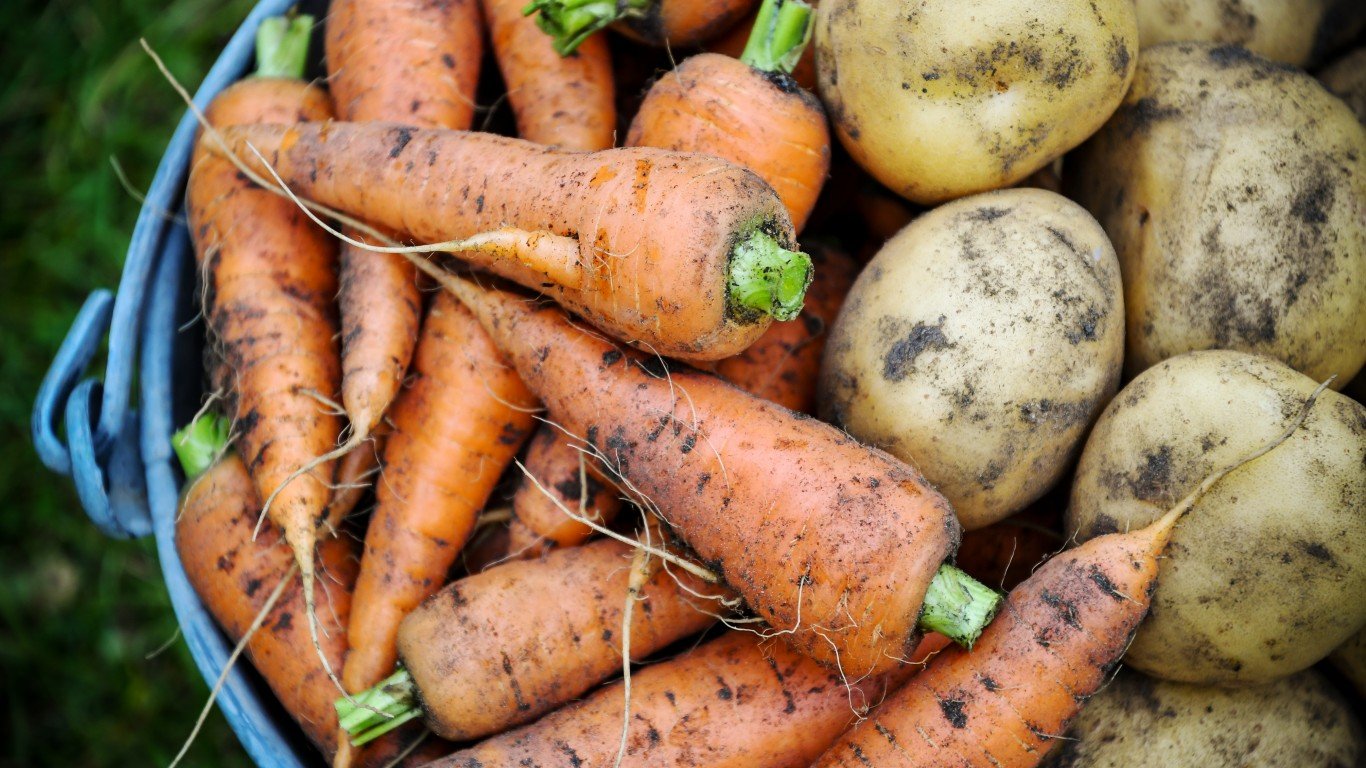
Yes, these are two more common foods in which radioactivity can be measured. Others include red meat, avocados, and — perhaps most troublesome of all for some people — beer. Oh, and ordinary tap water, too.
3. Tomatoes, eggplant, and zucchini aren’t vegetables
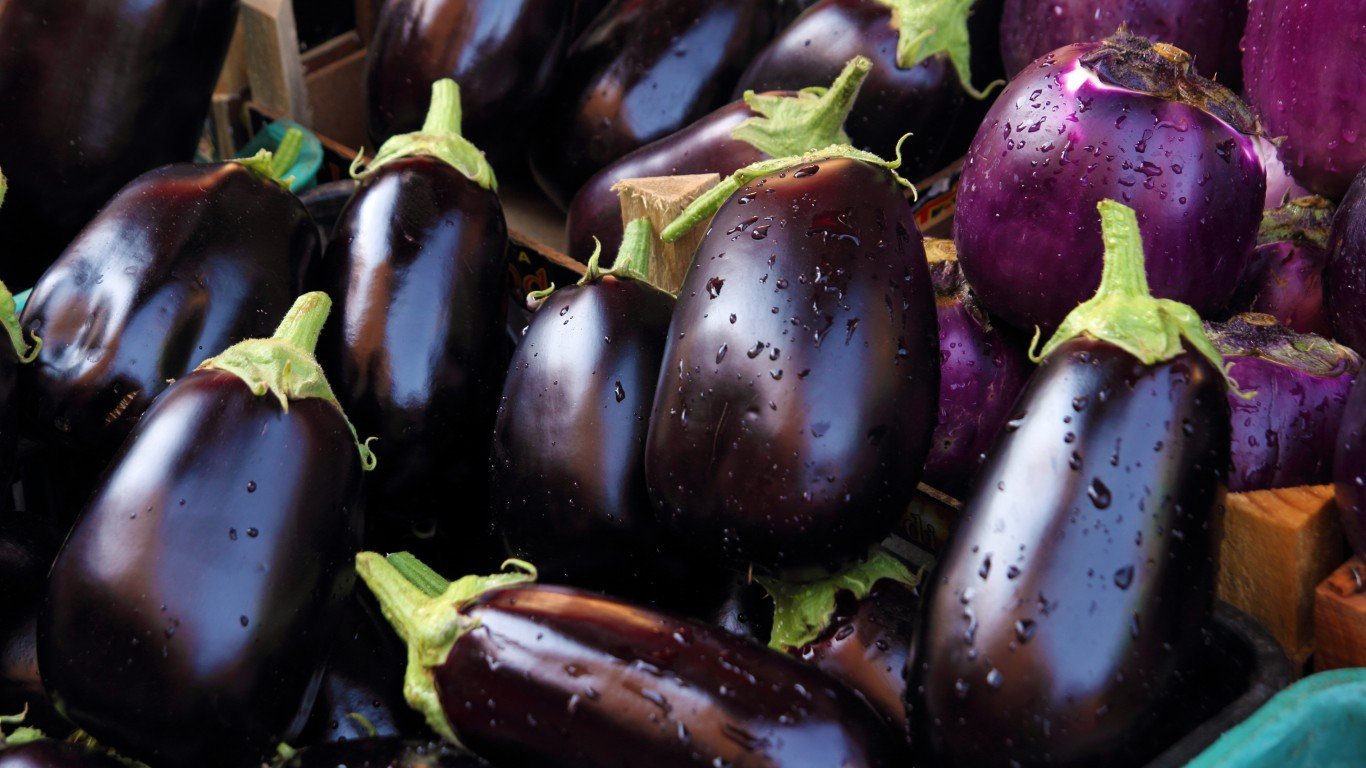
Botanically, if an article of produce has its seeds on the inside instead of the exterior, it’s a fruit. Tomatoes, eggplant, zucchini, cucumbers, peppers, pumpkins, tomatillos, and avocados all qualify.
4. Strawberries, raspberries, and blackberries aren’t berries
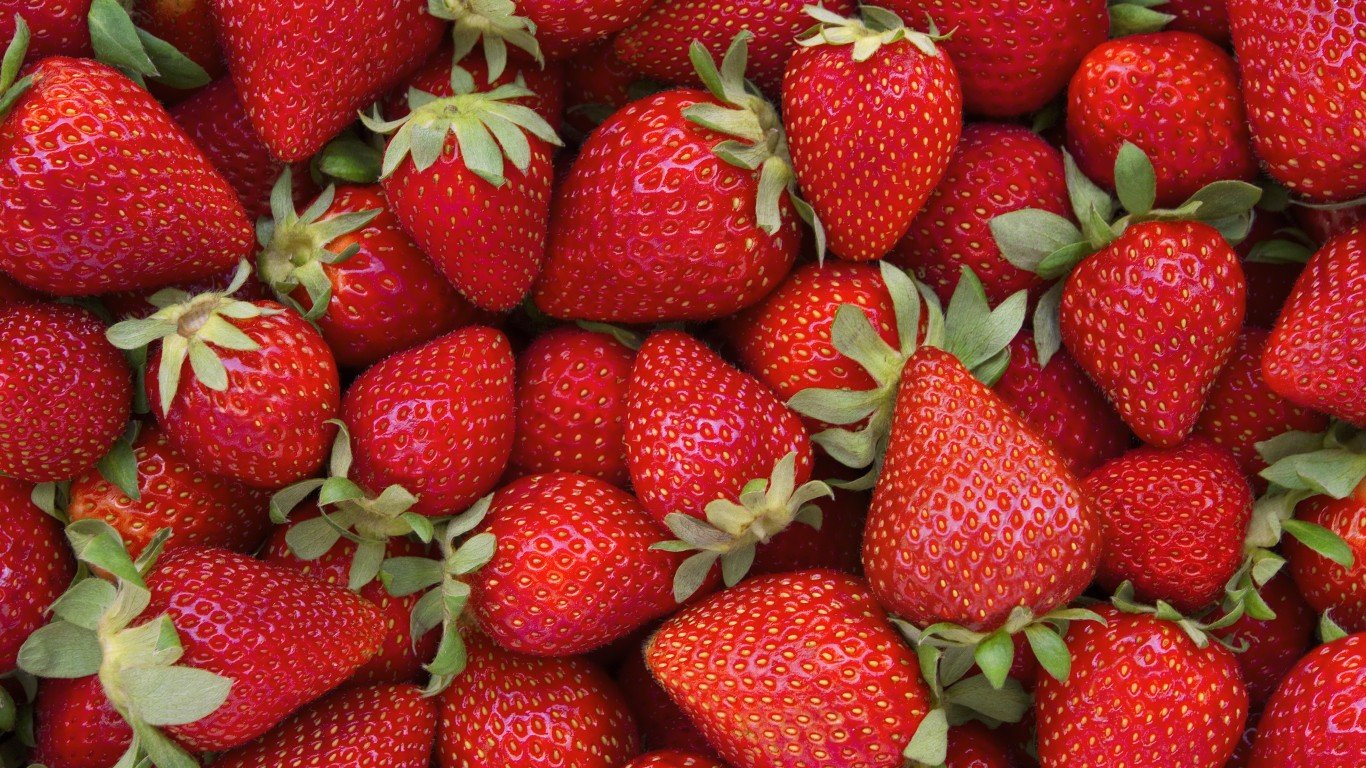
Just because a fruit has “berry” as part of its name, don’t assume that a botanist would classify it as such. Scientifically, a berry is a fruit that grows from a single flower with a single ovary (which in flowers is the base of the pistil), and our most common so-called berries don’t qualify. They do grow from a single flower, but one with more than one ovary, and so are properly termed “aggregate fruits.”
5. Pumpkins, bananas, and avocados ARE berries
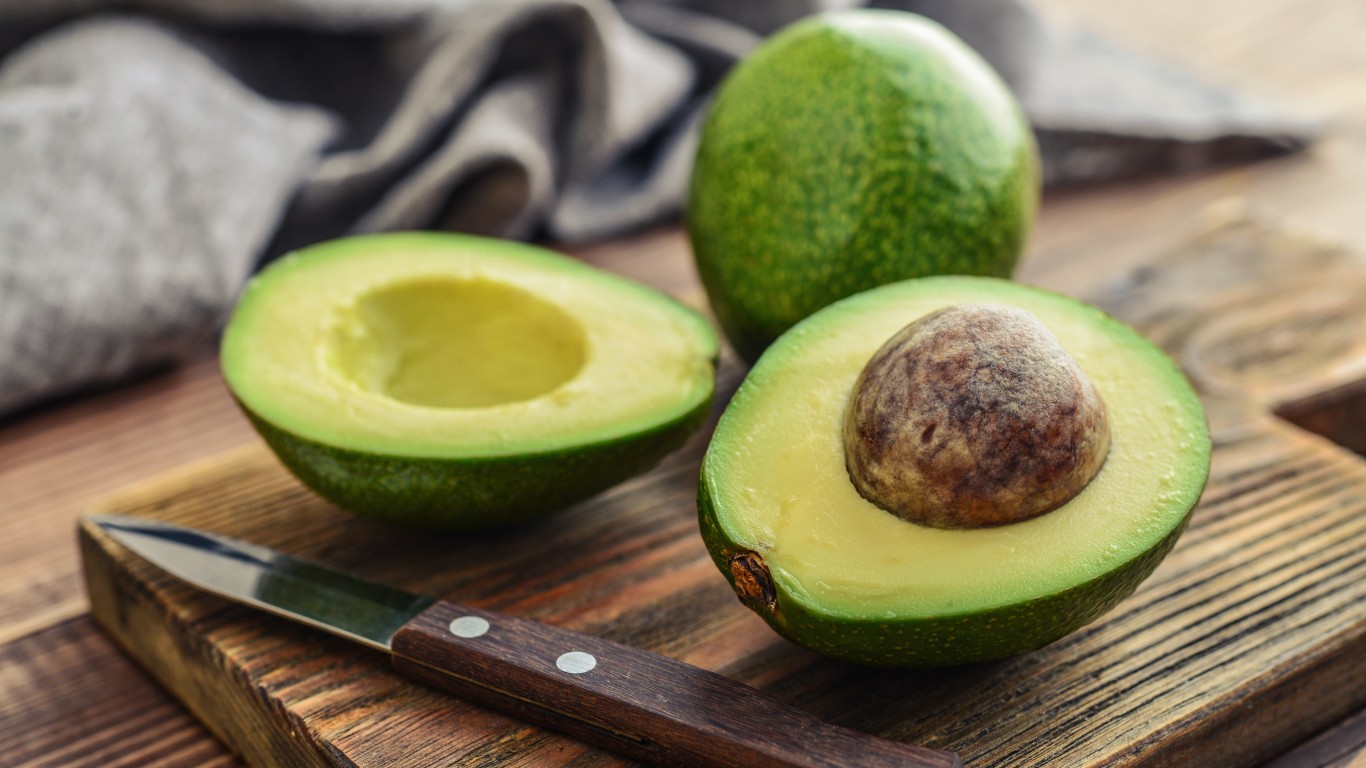
Just to make things even more confusing, by the botanical definition of a berry, the term may be correctly used to describe such things as pumpkins, avocados, and those radioactive bananas.
6. Produce stickers are edible
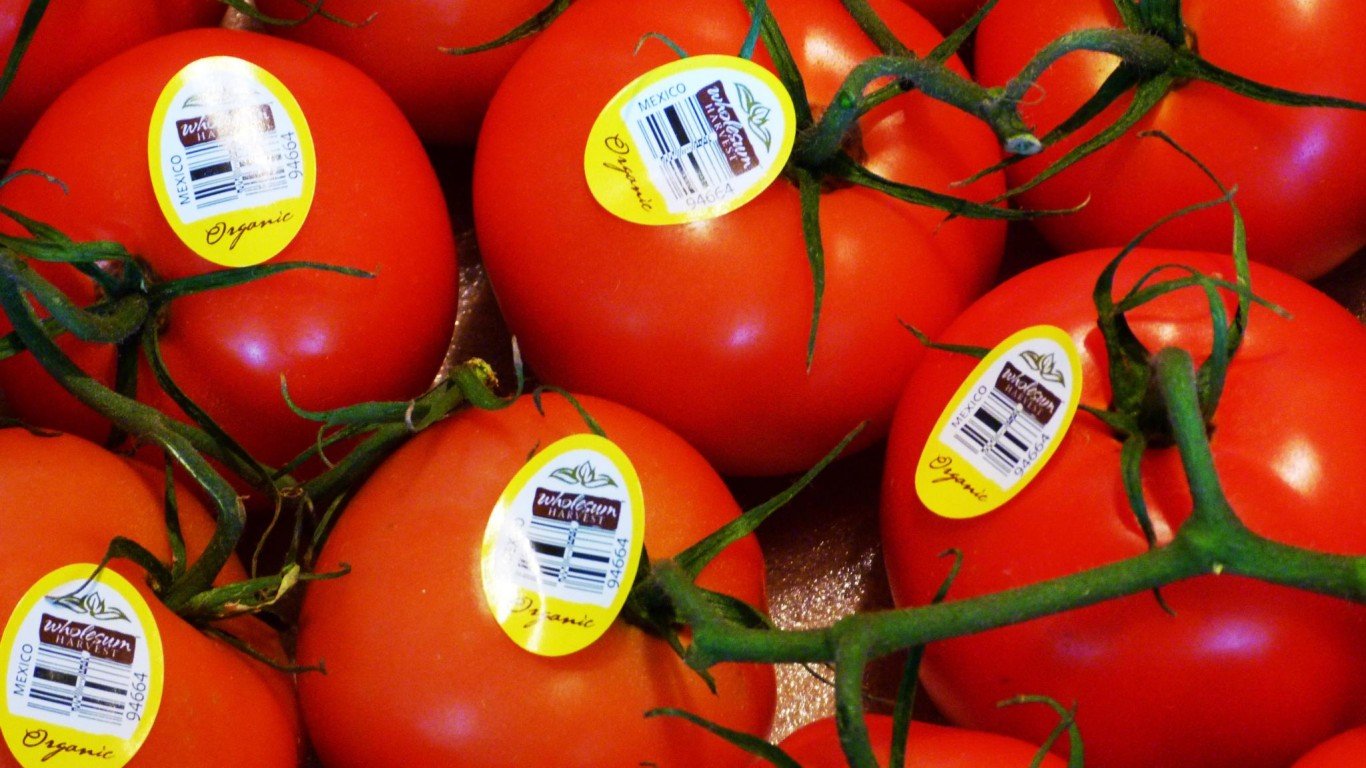
Most of us have probably inadvertently eaten at least part of one of those little identifying stickers that are now affixed to much supermarket produce. They should always be removed, and they don’t have any flavor anyway, but they’re considered an indirect food additive, meaning that they’re not dangerous if you eat them.
7. Cranberries bounce
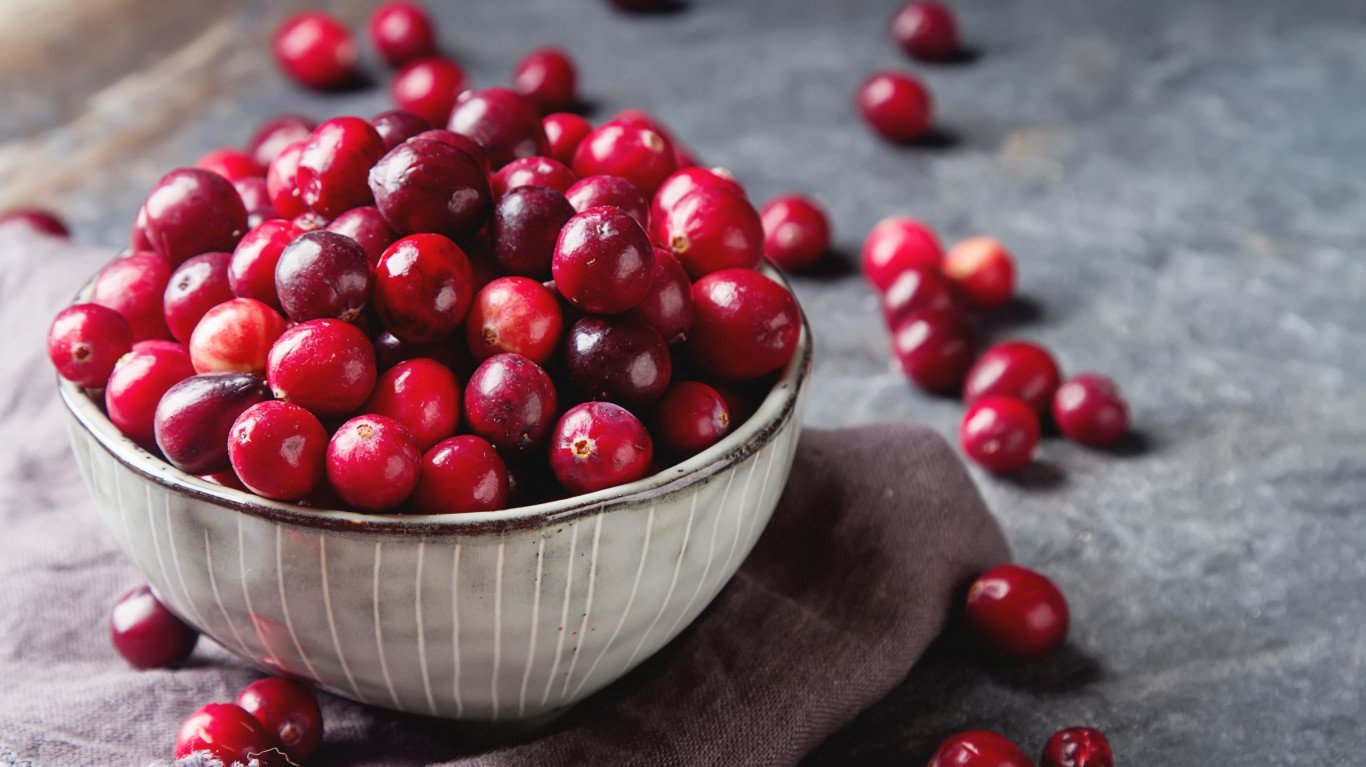
If you drop most varieties of fruit on the floor, they’ll either just lie there or roll away. Cranberries, on the other hand, will bounce a fair distance. In fact, cranberry farmers use a bounce test to determine whether the fruit is ripe and healthy. They drop cranberries and see if they’ll bounce over a wooden barrier. If they will, they’re good to go. The non-bouncers get discarded.
8. White chocolate isn’t chocolate
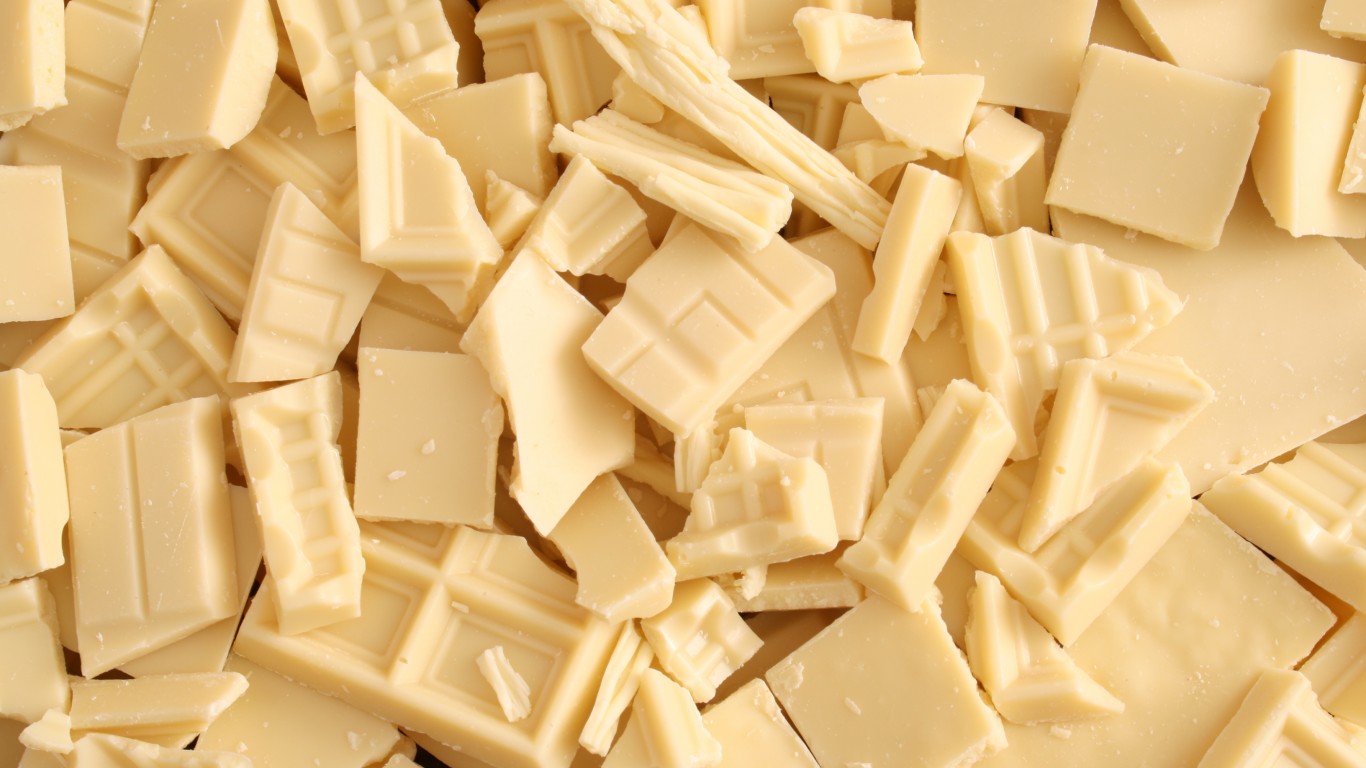
White chocolate was invented in the 1930s by Nestlé, a company well-known for its range of chocolate confections. This isn’t one of them, however. White chocolate is made without the cacao solids that define actual chocolate. Instead, it consists of cocoa butter (the fat extracted from the cacao bean), sugar, and milk solids.
9. Crackers are worse for your teeth than candy
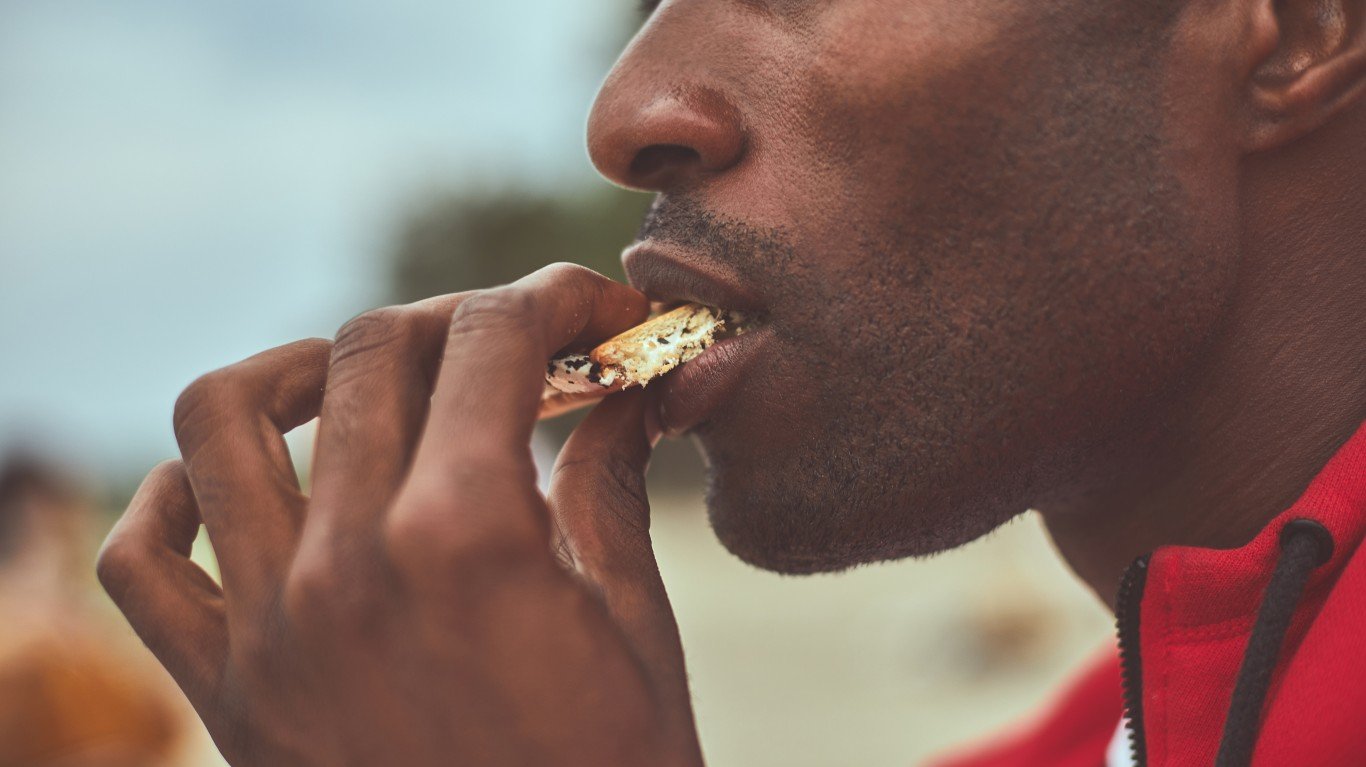
According to the American Academy of Pediatric Dentistry, starch is worse for your teeth than sugar, because it attaches to your teeth more efficiently and stays around for a longer time — during which period it turns into, yes, sugar for bacteria to feed on.
10. Froot Loops all taste the same
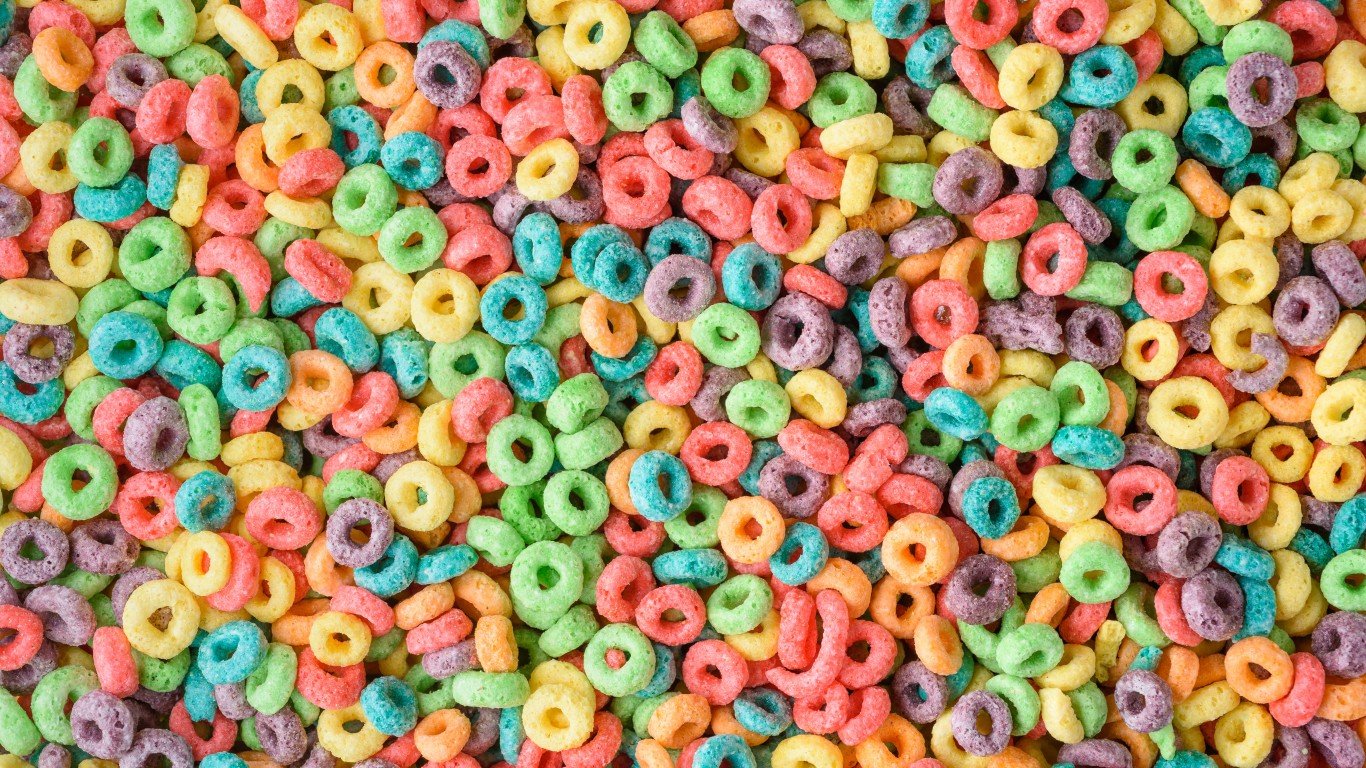
You might be forgiven for looking at a bowlful of these colorful little O’s and thinking “Yellow, must be lemon-flavored. Orange is orange, of course. Purple, probably grape.” You’d be wrong on all counts. All Fruit Loops taste the same, sort of sweet, sort of fruity, but without any single identifiable identity.
11. Cheese is the world’s most stolen food
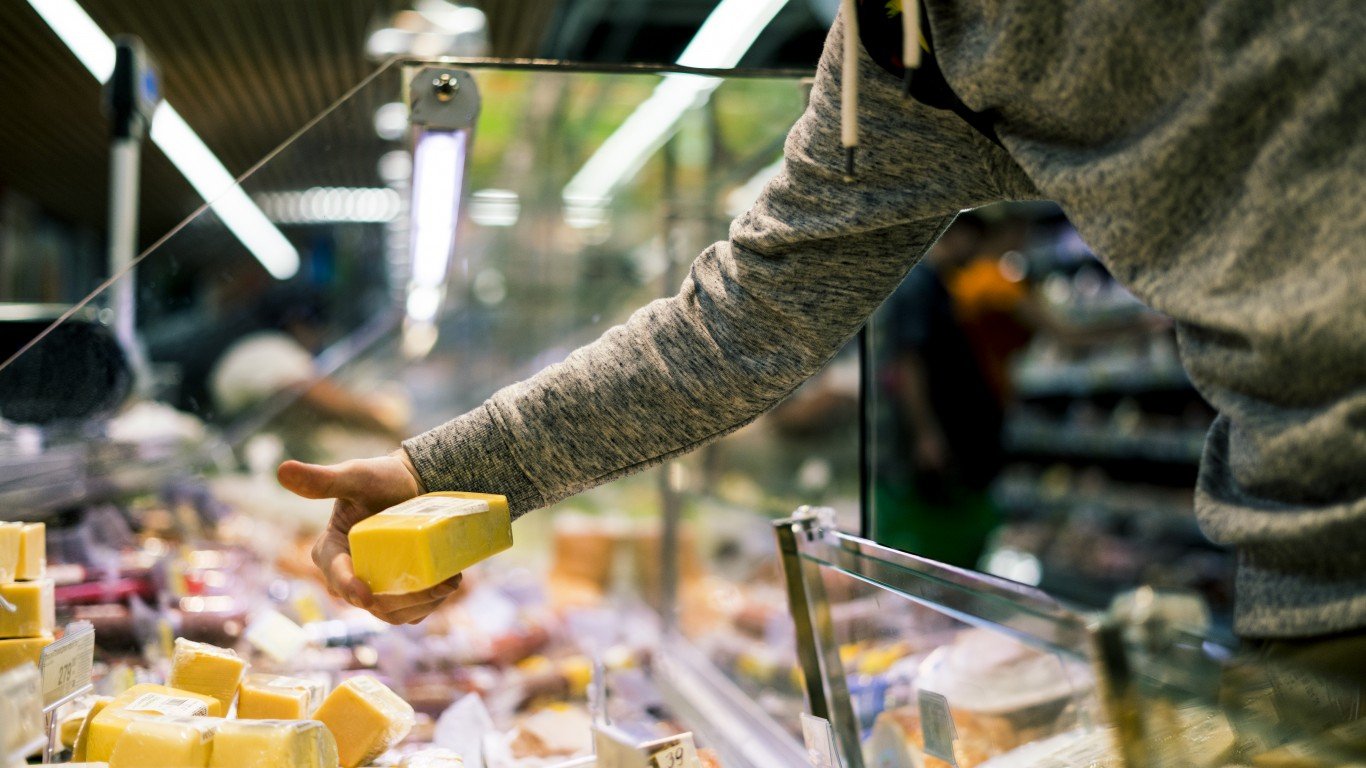
According to the Center for Retail Research in Norwich, England, the food most often stolen from stores is cheese. This is perhaps because it can be one of the more expensive items on sale (prices of $20 to $30 a pound are common for artisanal varieties) and can bring a quick profit on the black market. About 4% of the retail inventory of cheese gets swiped every year, says the agency. Raw meat and alcohol are runners-up.
12. Shredded cheese contains wood pulp
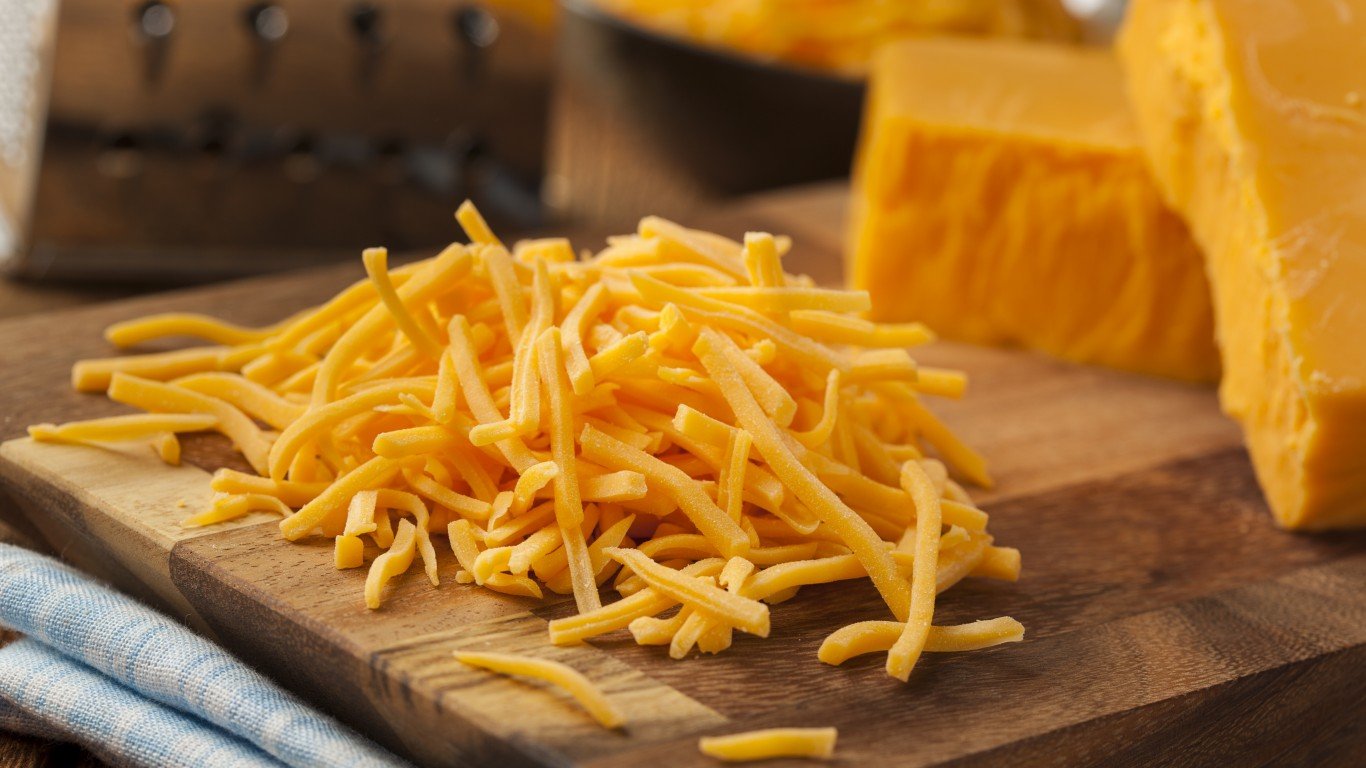
Sure, shredded cheese is convenient, but what keeps it from clumping? It’s mixed with cellulose, which is a fancy name for wood pulp. The bad news is that the substance is also found in a lot of ice cream, bottled sauces, and other foods. The good news is that it’s apparently completely harmless.
13. Salt and pepper were once used as currency
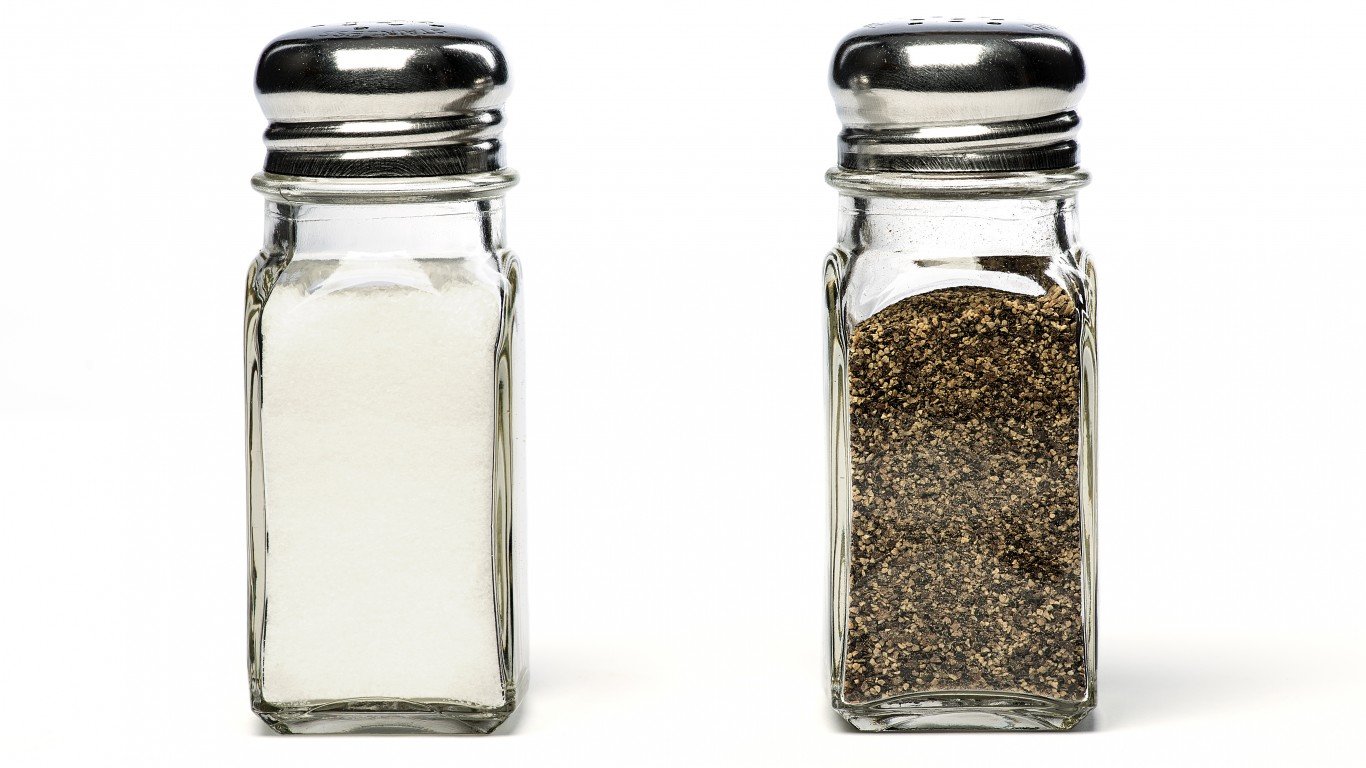
Salt and pepper appear on every table. We take them for granted. But there was a time when both were rare and valuable commodities. In fact, Roman legions received part of their pay in salt (this gave us the word “salary”), and it was so esteemed in later centuries that historians believe the scarcity of salt was one motivation for the French Revolution. Pepper was originally grown only in South Asia and was a pricey import in Europe. In medieval England and elsewhere, peppercorns were acceptable payment for rents and taxes.
14. French fries are Belgian

Though the French tend to dispute this, there is evidence that it was Belgians along the Meuse River who first cut potatoes into batons and plunged them into hot fat — the same cooking technique they used for the small fish they caught. If this is true, the potatoes may have earned their name because it was the French scientist Antoine-Auguste Parmentier who first popularized spuds in Europe — or it might come from the Old English verb “french,” meaning to cut into long pieces.
15. German chocolate cake isn’t German

This chocolate layer cake with a sugar frosting mixed with chopped pecans and shredded coconut isn’t named for the country whose name it seems to bear. It is called “German” because it was originally made with a kind of dark baker’s chocolate developed by an English-American chocolatier named Samuel German.
16. A corned beef sandwich was once smuggled into space

In 1965, NASA astronaut John Young smuggled a corned beef sandwich from Wolfie’s Restaurant in Cocoa Beach, Florida, aboard Gemini 3, in his pocket. When he and his fellow astronaut Gus Grissom tried to eat it, it began disintegrating, with crumbs flying around the cockpit (politicians later questioned whether the crumbs were a safety hazard). This wasn’t Young’s only corned beef adventure in space: It was on the menu officially, though not in sandwich form, for the first space shuttle mission in 1981 — commanded by Young.
17. Oysters used to be food for the poor
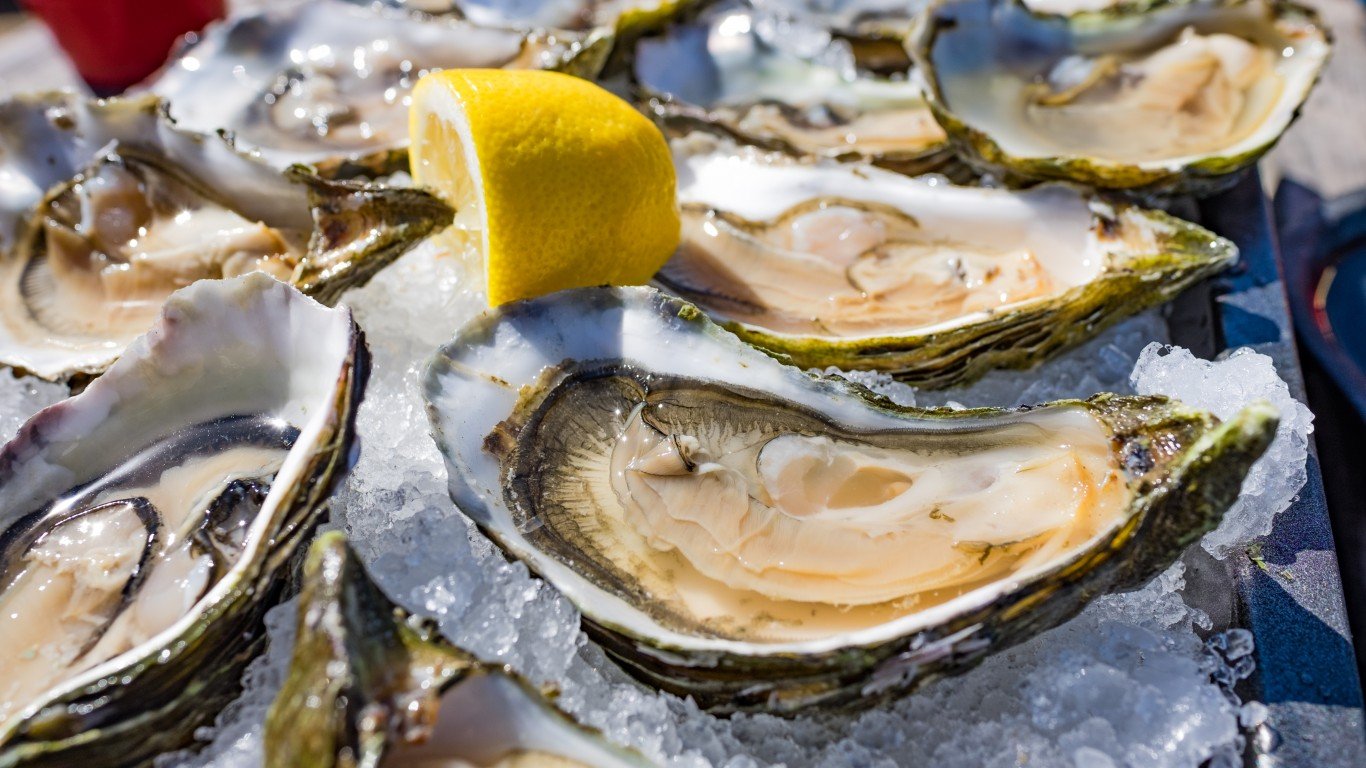
Oysters may be considered a gourmet treat these days, but they were once so plentiful that impoverished locals living near the sea used to gather them by the bucketful for sustenance. In his 1836 novel “The Pickwick Papers,” Charles Dickens has his cockney character Sam Weller comment that poverty and the bivalves seemed to go together. “Blessed if I don’t think,” says Weller, “that when a man’s very poor, he rushes out of his lodgings and eats oysters in regular desperation.”
18. Oysters are alive when you eat them
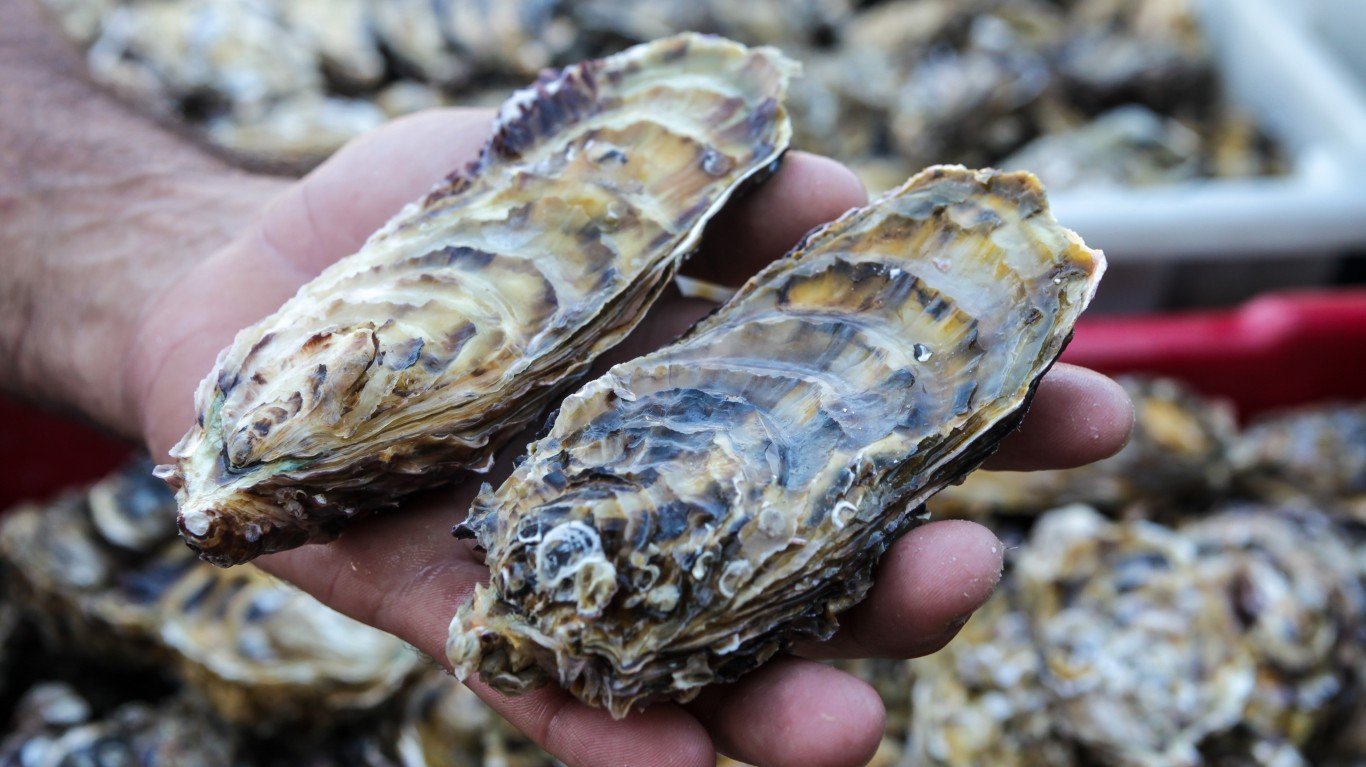
Whether or not the poor Londoners (among others) who used to devour oysters realized it, they are alive when they go into your mouth — or at least they should be. Dead oysters are dangerous to eat.
19. Lobsters used to be used for fertilizer
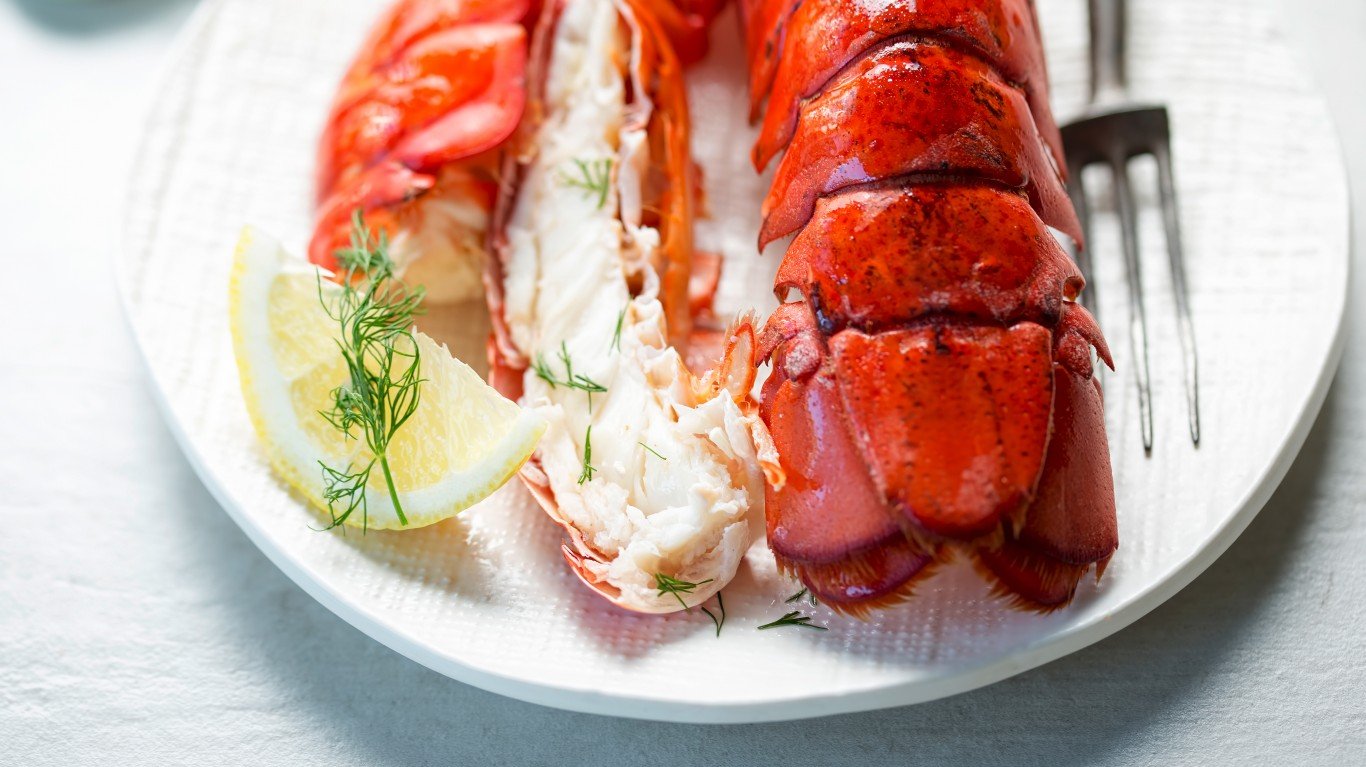
Like oysters, lobsters are a luxury foodstuff that used to be anything but. They were once pulled out of the ocean in such abundance that farmers plowed them into their fields as fertilizer. Because they were so cheap, they were also served to prisoners, household servants, and farm workers so often that some state laws and labor contracts limited lobster meals to twice a week.
20. Honey lasts forever
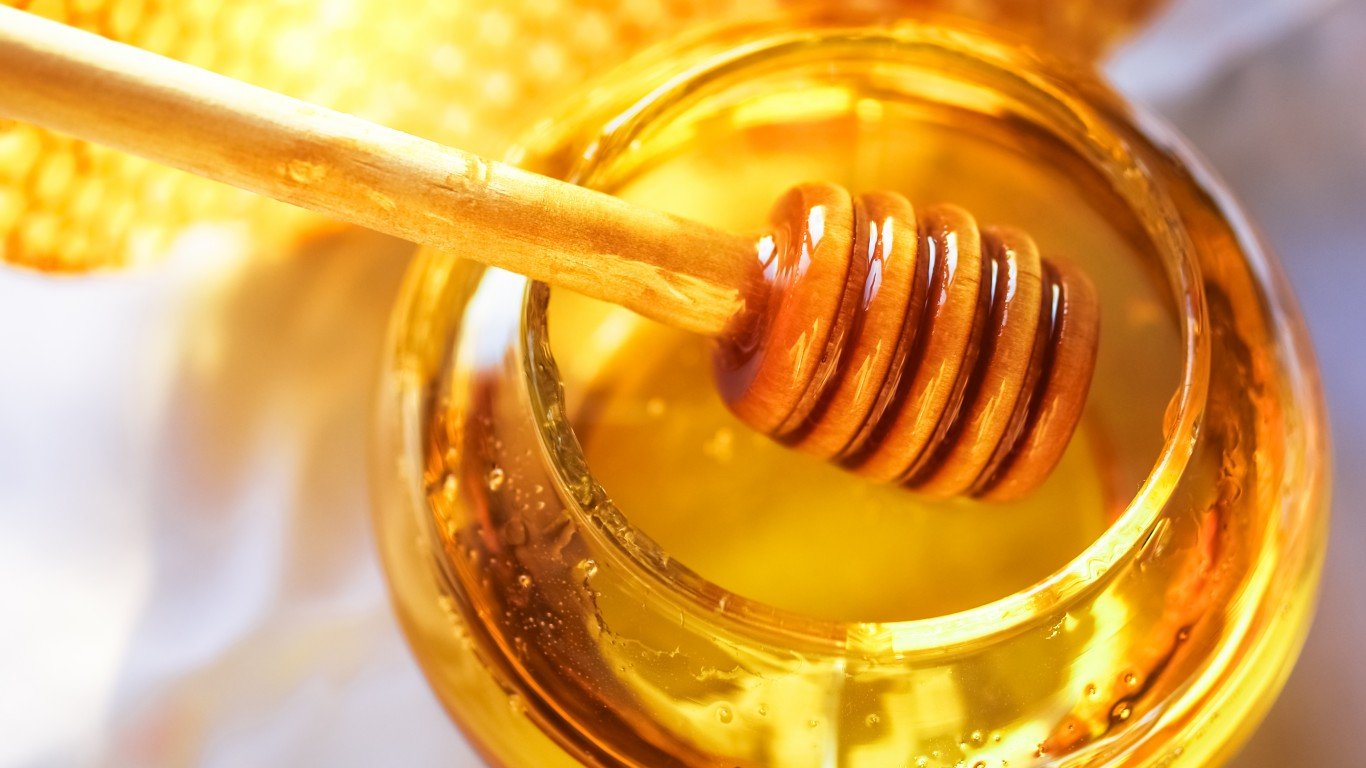
Though its packaging is sometimes marked with a “best by” date (usually several years from the time of purchase), the changes honey might undergo with time are basically cosmetic. It may darken and sugar crystals may form, but it remains perfectly fine to eat. Pure 100% undiluted honey, stored away from heat in an unopened jar, will theoretically still be good after decades.
URGENT – New Seats Available (sponsored)
Top financial advisors are now accepting new clients for 2024! Finding the right advisor can be the difference between retiring early, or working forever. Don’t waste a moment matching with the right advisor for you. Every moment today can mean riches tomorrow, with the right advisor by your side.
Use the advisor match tool below, or click here now, to find your financial freedom!
